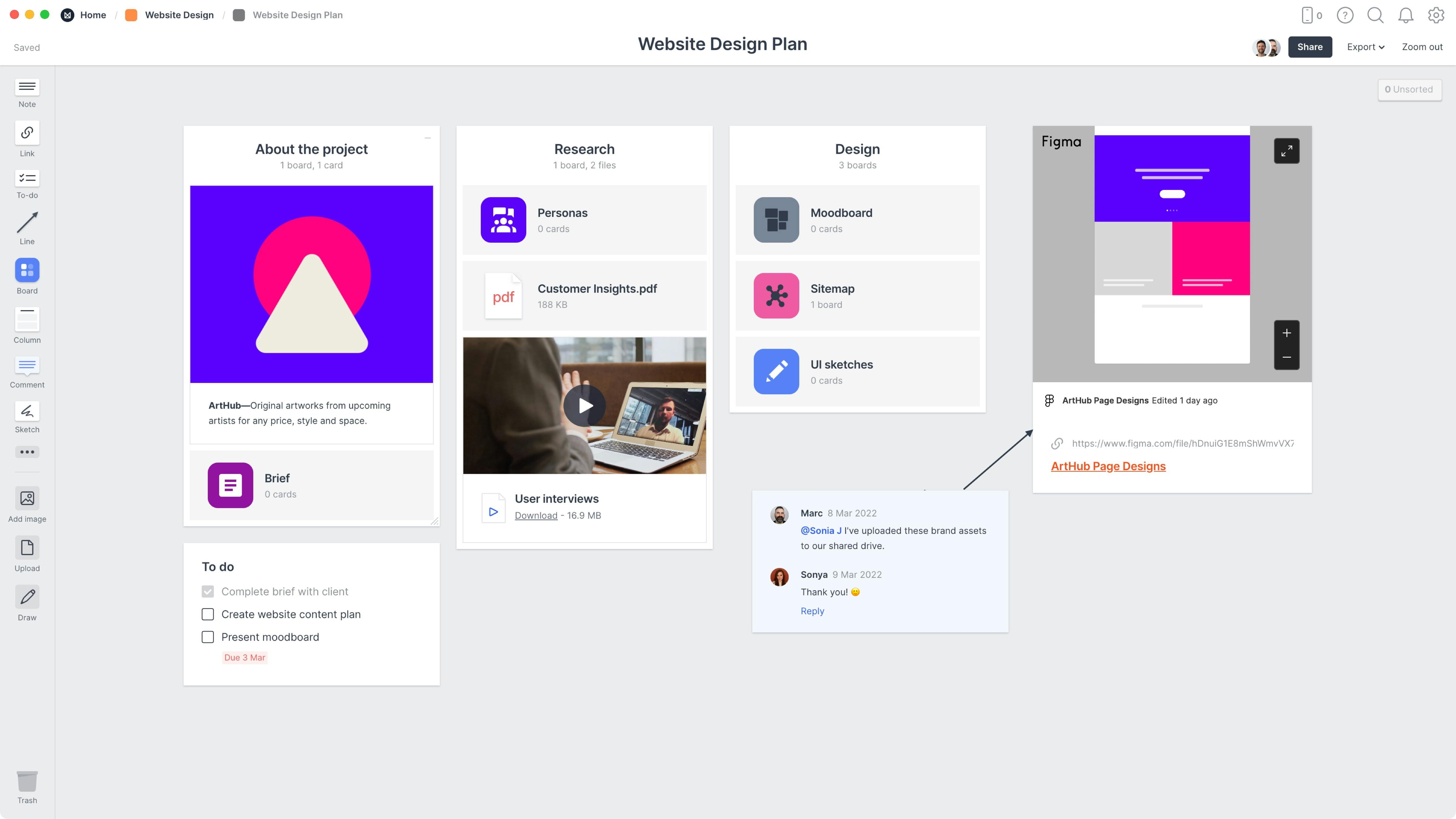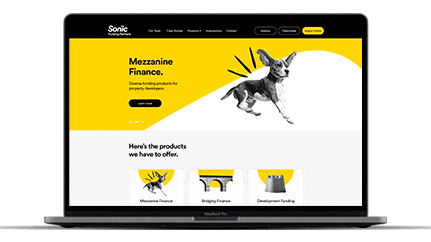Why Responsive Website Design is Important for Modern Online Success
Why Responsive Website Design is Important for Modern Online Success
Blog Article
Maximize Interaction: Proven Techniques for Superior Website Design
Recognizing exactly how efficient navigation, visual hierarchy, and web content optimization merge to improve individual engagement is essential for any company looking for to make a significant impact. As we explore numerous tested methods that contribute to superior internet site style, the interplay in between these aspects reveals not just finest methods however also cutting-edge approaches that can raise user experience.
Relevance of User-Centric Style
User-centric design is crucial in producing effective internet sites, as it focuses on the needs and choices of the end customer from the very start of the style process (website design). This technique guarantees that the internet site is tailored to provide an optimum experience for users, promoting interaction and complete satisfaction. By recognizing user actions, goals, and discomfort factors, designers can develop interfaces that reverberate with their target audience and promote a feeling of connection
Implementing user-centric style entails considerable research study, consisting of individual characters and journey mapping, which assist in identifying the certain requirements of different customer segments. This data-driven approach permits for informed decisions relating to material, design, and capability, eventually bring about the creation of a more enticing and instinctive internet experience.
In a competitive digital landscape, focusing on user-centric layout is not simply beneficial; it is important for driving engagement, reducing bounce prices, and promoting individual loyalty. Reliable web sites are those that resonate with customers, making user-centric layout an essential principle for effective web development.
Reliable Navigating Techniques
A well-structured navigation system is a keystone of efficient website layout, constructing directly on the principles of user-centric style. Effective navigating enables users to discover information quickly and intuitively, enhancing their total experience and encouraging longer gos to.
To attain this, think about implementing a clear power structure in your navigation food selection. Primary groups ought to be instantly noticeable, while subcategories can be revealed via dropdowns or expandable food selections. This company assists customers anticipate where they could find pertinent content, lowering disappointment.

Consistency is essential; utilize familiar terminology and style components throughout the site to prevent complication. Breadcrumb trails can also be helpful, providing users with contextual awareness of their location within the site and allowing simple backtracking.
Last but not least, ensure that your navigation is mobile-friendly and responsive. As more users gain access to sites by means of mobile tools, adjusting your navigating for smaller sized screens is important for preserving functionality and access. By prioritizing these techniques, you can produce a smooth navigating experience that maintains customers involved.
Visual Power Structure and Layout
Establishing a clear visual hierarchy is vital for assisting individuals via an internet site's web content properly. A well-structured format not just improves customer experience yet additionally affects how visitors perceive and interact with information. By strategically using dimension, comparison, color, and spacing, designers can create centerpieces that accentuate the most essential elements, such as headings, contacts us to action, or photos.
Integrating a grid system can even more enhance visual hierarchy by giving a constant framework for content placement. This company enables users to browse the website intuitively, making it easier to absorb details (website design). In addition, making use of whitespace is essential; it creates breathing space around elements, decreasing cognitive overload and highlighting crucial material

Web Content Optimization Techniques
While creating visually attractive styles is very important, the effectiveness of a site eventually depends upon just how well its web content is maximized for both search engines and user engagement. Content optimization involves a tactical technique that improves presence and importance, inevitably driving website traffic and retaining site visitors.
First, keyword research site link is fundamental. Recognizing relevant key phrases that straighten with individual intent enables the integration of these terms normally into headings, message, and meta descriptions. This not only helps in rating greater on online search engine but also boosts the clearness of material for users.

Moreover, maximizing for local search engine optimization can improve engagement for region-specific target markets. Incorporating local keyword phrases and developing material that addresses local passions improves relevance.
Finally, on a regular basis updating material makes certain that it continues to be fresh and beneficial, attracting both online search engine and returning individuals. By focusing on these content optimization techniques, businesses can create an engaging online presence that cultivates communication and drives conversions.
Responsive and Mobile-First Approaches
Customer involvement and material visibility are progressively affected by the ability of a web site to adapt perfectly throughout various gadgets. With the surge of mobile surfing, employing receptive style and mobile-first approaches has actually become crucial for reliable internet development. Responsive layout ensures that a solitary web site format changes fluidly to various screen dimensions, from desktops to mobile phones, thereby supplying a consistent individual experience.
On the other hand, a mobile-first strategy focuses on Going Here the mobile customer experience during the layout procedure. By designing for smaller screens initially, designers can concentrate on vital functions and improve performance, making sure that individuals are not bewildered by unneeded material. This technique additionally enhances packing times, which is vital for retaining site visitors.
Both approaches add to higher engagement prices, as individuals are much more likely to interact with a website that is visually appealing and user-friendly. Search engines favor mobile-optimized websites in rankings, consequently improving presence. In summary, embracing mobile-first and receptive design strategies is important for taking full advantage of user interaction and ensuring that web content stays obtainable and efficient throughout all gadgets.
Verdict
To conclude, the implementation of user-centric style concepts is vital for making best use of interaction in internet site style. Effective navigation strategies, a distinct aesthetic hierarchy, and optimization of web content dramatically boost user experience. Furthermore, embracing responsive and mobile-first approaches guarantees accessibility throughout different devices. Jointly, these techniques not only promote info access however additionally foster deeper customer interaction, eventually adding to higher interaction rates and total website success. Prioritizing these components is crucial for effective web site style.
As we discover numerous tried and tested strategies that add to exceptional web site design, the interplay between this link these elements reveals not only ideal practices however additionally innovative techniques that can boost user experience.User-centric design is essential in creating efficient internet sites, as it focuses on the demands and preferences of the end individual from the actual beginning of the style process. Efficient sites are those that reverberate with customers, making user-centric layout a basic concept for effective web advancement.
Responsive design makes certain that a single site layout readjusts fluidly to different display sizes, from desktops to smart devices, thus giving a constant user experience.
In recap, embracing mobile-first and receptive design methods is essential for optimizing user interaction and guaranteeing that web content remains easily accessible and effective across all tools.
Report this page